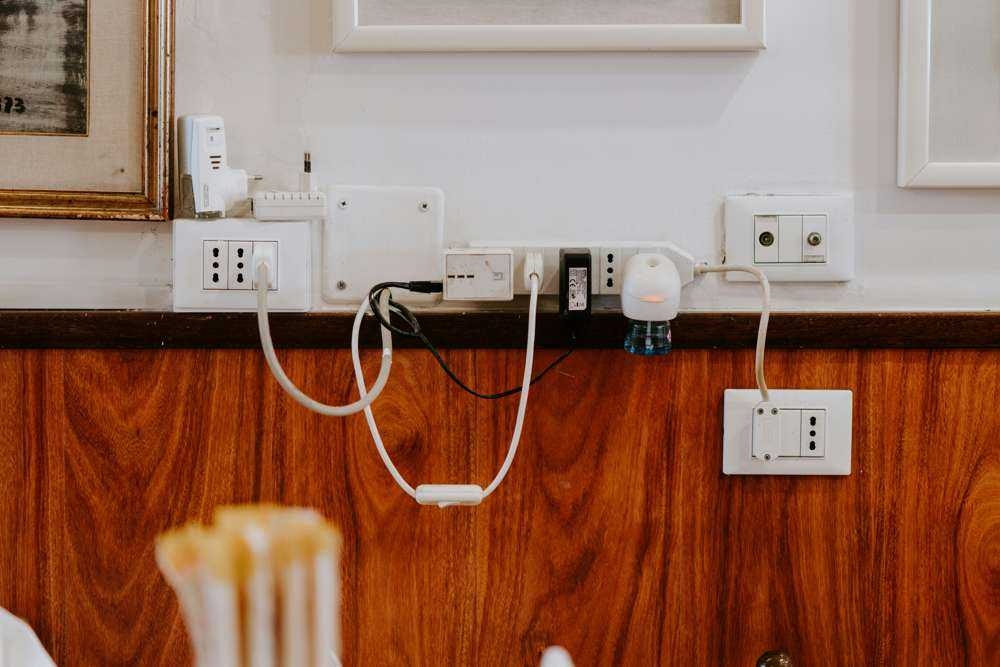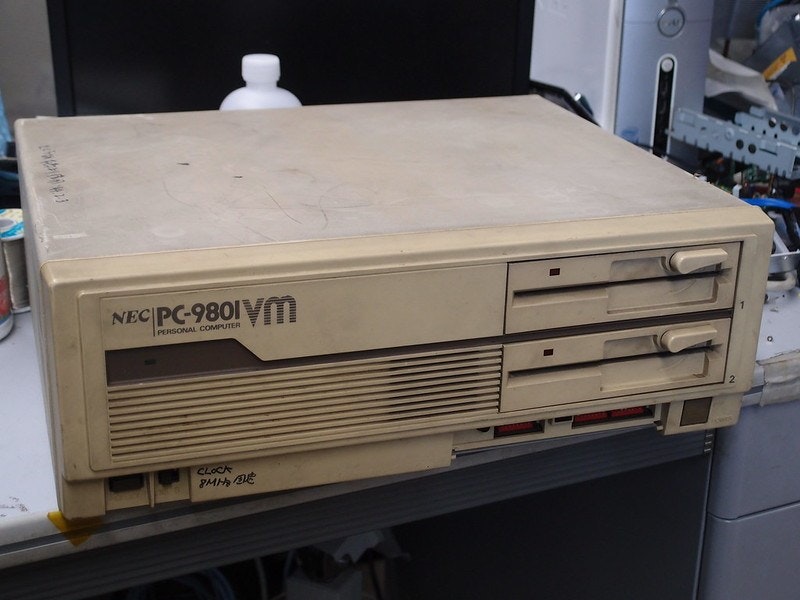Tedium - Locked Up In Regions 🔐
|
|
|
|
|
|
|
|
|
|
|
Older messages
The YouTube Boogie 🎹
Wednesday, January 24, 2024
A piano guy somehow ends up in the middle of the culture wars. Here's a version for your browser. Hunting for the end of the long tail • January 24, 2024 The YouTube Boogie A livestreaming pianist
Cropping Into A Debate 🎨
Tuesday, January 23, 2024
GIMP's awkward place in the modern software sphere. Here's a version for your browser. Hunting for the end of the long tail • January 22, 2024 Cropping Into A Debate I took a pretty rough swipe
Counterfeit Computing 🖥
Saturday, January 20, 2024
Considering all the fake hardware out there. Here's a version for your browser. Hunting for the end of the long tail • January 19, 2024 Today in Tedium: You probably haven't thought about it
Out With The Pitchforks 🔥
Friday, January 19, 2024
Condé Nast shows it doesn't even understand Pitchfork. Here's a version for your browser. Hunting for the end of the long tail • January 18, 2024 Out With The Pitchforks What Condé Nast did to
Making My Linux Move 🐧
Thursday, January 18, 2024
Your dedicated inbox Apple complainer just moved to Linux. Here's a version for your browser. Hunting for the end of the long tail • January 17, 2024 Making My Linux Move Why I decided to mostly
You Might Also Like
OpenAI's turbulent early years - Sync #494
Sunday, November 24, 2024
Plus: Anthropic and xAI raise billions of dollars; can a fluffy robot replace a living pet; Chinese reasoning model DeepSeek R1; robot-dog runs full marathon; a $12000 surgery to change eye colour ͏ ͏
Daily Coding Problem: Problem #1618 [Easy]
Sunday, November 24, 2024
Daily Coding Problem Good morning! Here's your coding interview problem for today. This problem was asked by Zillow. Let's define a "sevenish" number to be one which is either a power
PD#602 How Netflix Built Self-Healing System to Survive Concurrency Bug
Sunday, November 24, 2024
CPUs were dying, the bug was temporarily un-fixable, and they had no viable path forward
RD#602 What are React Portals?
Sunday, November 24, 2024
A powerful feature that allows rendering components outside their parent component's DOM hierarchy
C#533 What's new in C# 13
Sunday, November 24, 2024
Params collections support, a new Lock type and others
⚙️ Smaller but deeper: Writer’s secret weapon to better AI
Sunday, November 24, 2024
November 24, 2024 | Read Online Ian Krietzberg Good morning. I sat down recently with Waseem Alshikh, the co-founder and CTO of enterprise AI firm Writer. Writer recently made waves with the release of
Sunday Digest | Featuring 'How Often People Go to the Doctor, by Country' 📊
Sunday, November 24, 2024
Every visualization published this week, in one place. Nov 24, 2024 | View Online | Subscribe | VC+ | Download Our App Hello, welcome to your Sunday Digest. This week we visualized the GDP per capita
Android Weekly #650 🤖
Sunday, November 24, 2024
View in web browser 650 November 24th, 2024 Articles & Tutorials Sponsored Why your mobile releases are a black box “What's the status of the release?” Who knows. Uncover the unseen challenges
PHP 8.4 is released, Dynamic Mailer Configuration, and more! - №540
Sunday, November 24, 2024
Your Laravel week in review ͏ ͏ ͏ ͏ ͏ ͏ ͏ ͏ ͏ ͏ ͏ ͏ ͏ ͏ ͏ ͏ ͏ ͏ ͏ ͏ ͏ ͏ ͏ ͏ ͏ ͏ ͏ ͏ ͏ ͏ ͏ ͏ ͏ ͏ ͏ ͏ ͏ ͏ ͏ ͏ ͏ ͏ ͏ ͏ ͏ ͏ ͏ ͏ ͏ ͏ ͏ ͏ ͏ ͏ ͏ ͏ ͏ ͏ ͏ ͏ ͏ ͏ ͏ ͏ ͏ ͏ ͏ ͏ ͏ ͏ ͏ ͏ ͏ ͏ ͏ ͏ ͏ ͏ ͏ ͏ ͏ ͏ ͏ ͏ ͏ ͏ ͏
Lumoz RaaS Introduces Layer 2 Solution on Move Ecosystem
Sunday, November 24, 2024
Top Tech Content sent at Noon! How the world collects web data Read this email in your browser How are you, @newsletterest1? 🪐 What's happening in tech today, November 24, 2024? The HackerNoon







